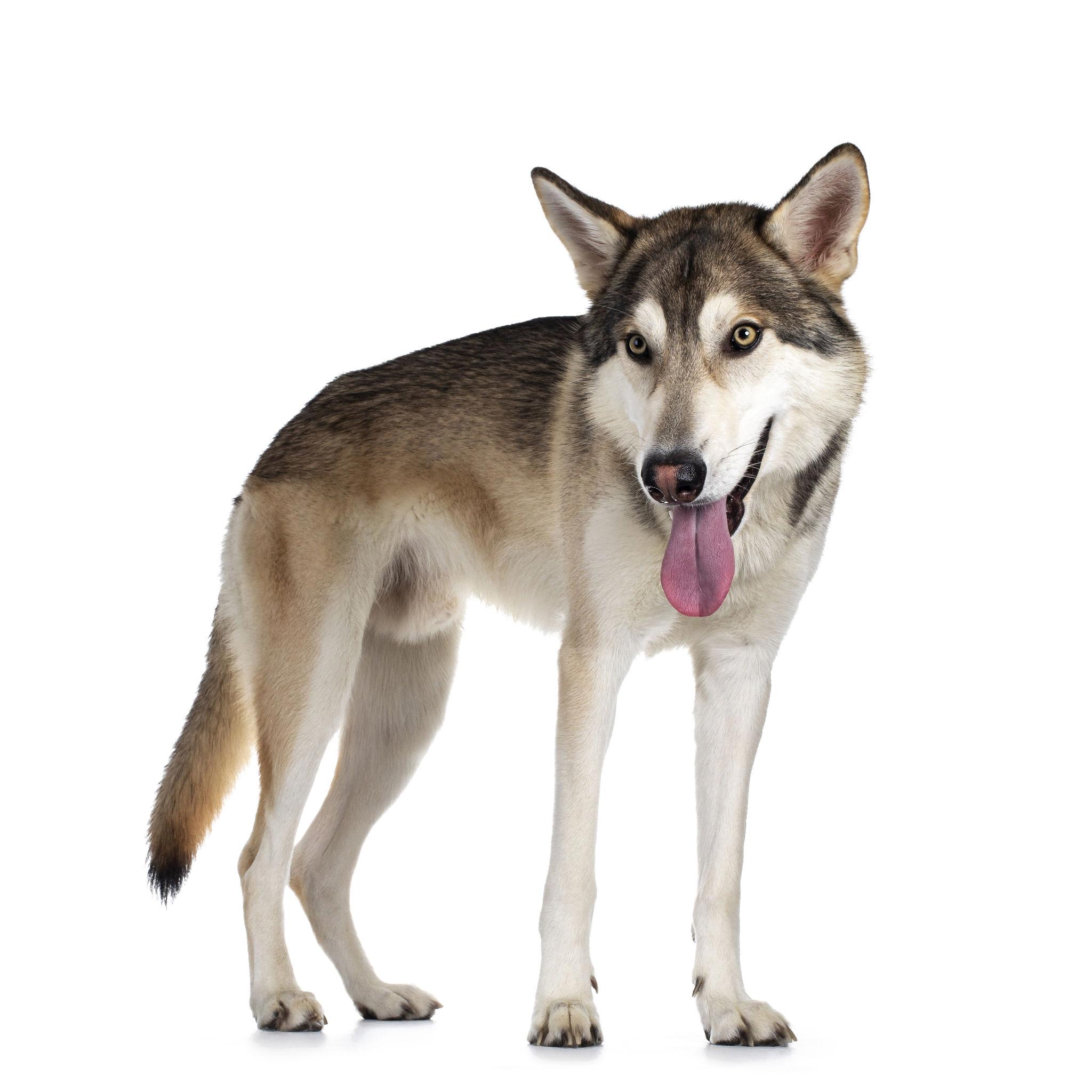Dogs with yellow eyes are not a common sight. In fact, yellow eyes in dogs are considered incorrect and are not something that breeders strive for. Eye color in dogs is determined by the amount of melanin found in the iris. Brown eyes contain a high concentration of melanin, while green or blue have less. Most dogs have brown eyes, but there are breeds with pale blue, speckled, golden, or hazel colored eyes. The rarest color of all is green.
Yellow eyes in dogs are a result of a buildup of bilirubin in the blood, which is toxic and affects the liver, kidney, and brain tissue. This condition is known as jaundice, and the most obvious symptom is a yellow discoloration of the eyes, gums, or skin, especially on the ear flaps.
While jaundice can occur in dogs of any breed or age, it is more common in older dogs and those with underlying health conditions such as liver disease, anemia, or cancer. The symptoms of jaundice in dogs also include lethargy, loss of appetite, vomiting, and diarrhea.
If you notice that your dog has yellow eyes, it is important to take them to the vet immediately. Jaundice can be a sign of a serious underlying health condition that requires prompt medical attention.
Dogs with yellow eyes are not common and are a sign of jaundice, which can be a symptom of a serious underlying health condition. It is important to take your dog to the vet if you notice any discoloration of the eyes, gums, or skin. Remember, prompt medical attention can make all the difference in your dog’s health and well-being.
The Meaning of Dogs Having Yellow Eyes
When a dog has yellow eyes, it typically means that they are experiencing jaundice. Jaundice is a condition where there is a buildup of bilirubin in the blood, which causes a yellow discoloration of the eyes, gums, or skin, particularly on the ear flaps. Bilirubin is a waste product that is produced when red blood cells break down, and it is normally processed by the liver and excreted from the body. However, when the liver is not functioning properly, bilirubin can accumulate in the blood, leading to jaundice. Jaundice can be caused by a variety of factors, including liver disease, infections, medications, or toxins. It is a serious condition that can affect the liver, kidney, and brain tissue, so it is important to seek veterinary care if you notice yellowing of your dog’s eyes or skin.

Are Yellow Eyes in Dogs Rare?
Yellow eyes in dogs are considered rare. However, it’s important to note that yellow eyes are commonly referred to as amber eyes in dogs. Amber eyes are defined as ranging from light brown, to yellow to orange in color. Amber eyes in dogs are not very common. In fact, they are typically associated with certain dog breeds that have specific coat colors. More specifically, you’ll be more likely to find amber eyes in dogs with liver, blue, and isabella coat colors. So, while yellow or amber eyes may be rare in dogs overall, they are more common in certain breeds with specific coat colors.
The Rarest Eye Color in Dogs
The rarest eye color for dogs is green. This is because eye color in dogs is determined by the amount of melanin present in the iris. Brown eyes contain a high concentration of melanin, while blue or green eyes have less. Although most dogs have brown eyes, there are some breeds that have pale blue, speckled, golden, or hazel colored eyes. However, green is the rarest of them all.
Can Labs Have Yellow Eyes?
Labradors can have a range of eye colors, including brown, hazel, and green. However, yellow eyes are not a standard or desirable trait in the breed. Yellow eyes in Labradors can be a sign of certain health issues, such as liver problems or jaundice. It is important for breeders to avoid intentionally breeding for yellow eyes and to prioritize the health and well-being of their dogs. Instead, a Labrador’s eye color should complement its coat color and contribute to a soft expression.
Conclusion
Yellow eyes in dogs are not a desirable trait and are considered incorrect in most breeds. The discoloration is often a symptom of jaundice, which indicates a buildup of bilirubin in the blood and can lead to liver, kidney, and brain damage. Amber eyes, on the other hand, are a less common but still acceptable trait in certain breeds with liver, blue, and isabella coat colors. The color of a dog’s eyes is determined by the amount of melanin in the iris, with brown being the most common and green being the rarest. As a responsible breeder or dog owner, it’s essential to prioritize the health and well-being of our furry friends over aesthetic preferences.
